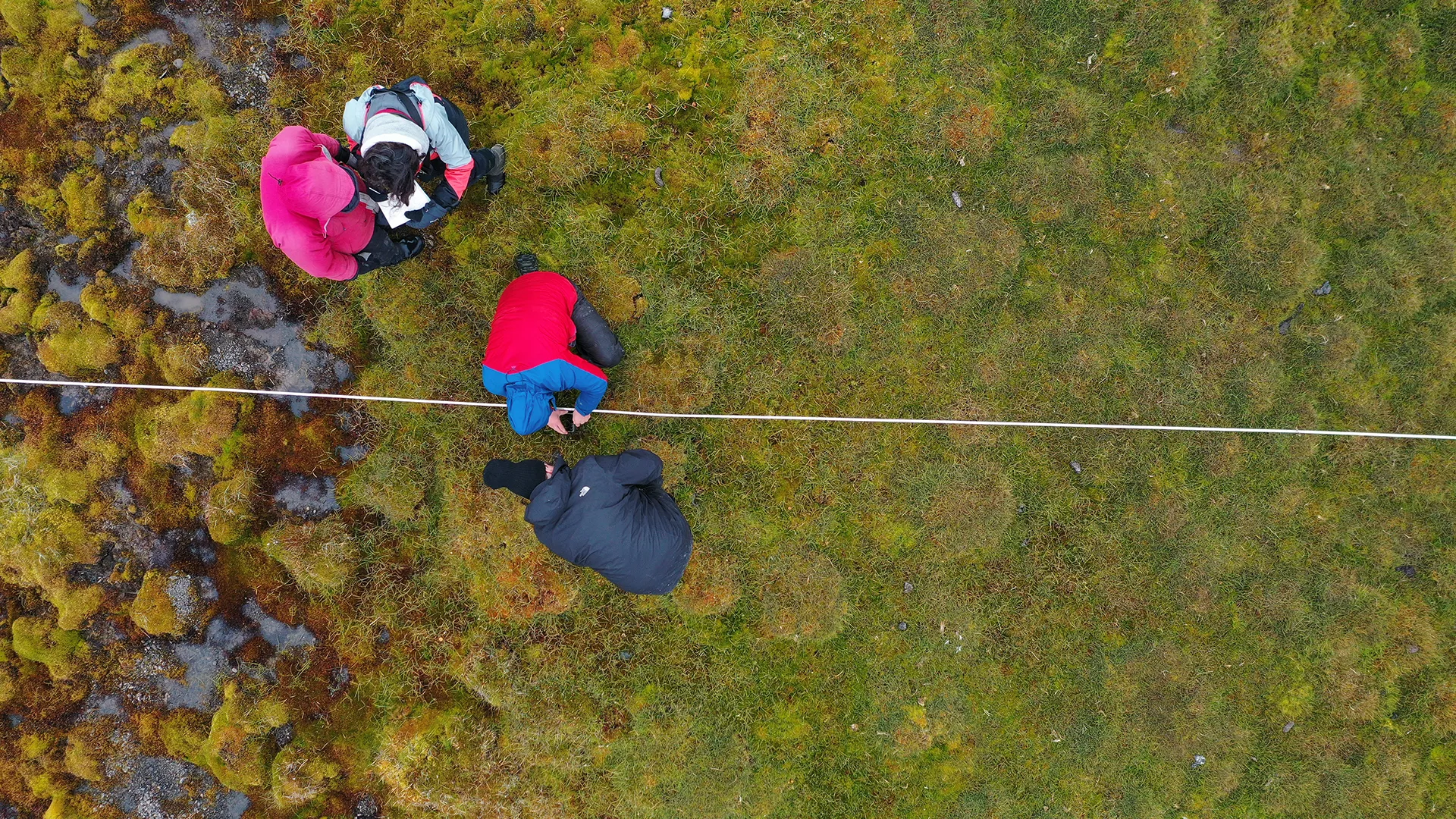Now Reading: How Your Brain Monitors Sleep Debt Revealed
1
-
01
How Your Brain Monitors Sleep Debt Revealed
How Your Brain Monitors Sleep Debt Revealed

Swift summary
- Researchers at Johns Hopkins University have identified neurons in mice that help their brains track and recover from sleep debt.
- these neurons, located in the thalamic nucleus reuniens, activate during sleep deprivation and promote restorative non-REM sleep afterward.
- Stimulating these neurons doubled the amount of non-REM sleep in mice compared to controls but took hours for the animals to fall asleep, showing that they gradually induce sleepiness rather than acting as a direct switch.
- Deactivating these cells reduced nesting behaviour and lowered non-REM sleep by 10%.
- Scientists used chemogenetics to study brain activity, focusing on 11 previously unidentified regions connected with known sleep-inducing areas.
- the findings may pave the way for treatments targeting hypersomnia or conditions like Alzheimer’s disease marked by insufficient rest if similar circuits exist in humans.
- Expert commentary noted that this research centers around short-term effects of deprivation, which may not mirror extended sleeplessness often experienced by humans.
Image Caption: How does the brain encourage us to make up for sleep loss?
Stay Informed With the Latest & Most Important News
Previous Post
Next Post
Loading Next Post...























